An Anthology in 2 Volumes. Edited by Armand Mattelart and Seth Siegelaub. “Communication and Class Struggle, a two-volume work, is the first general marxist anthology of writings on communications, information and culture. Its purpose is to analyse the relationship between the practice and theory of communication and their development within the context of class struggle. Armand Mattelart and Seth Siegelaub, the editors, have selected more than 120 essential marxist and progressive texts originating in over 50 countries and written since the mid-nineteenth century to explain three interrelated phenomena: (1) how basic social, economic and cultural processes condition communication; (2) how bourgeois communication practice and theory have developed as part of the capitalist mode of production; and (3) how in the struggle against exploitation and oppression, the popular and working classes have developed their own communication practice and theory, and a new, liberated mode of communication, culture and daily life.” Published on Seth Sieglaub’s imprint International General/IMMRC.
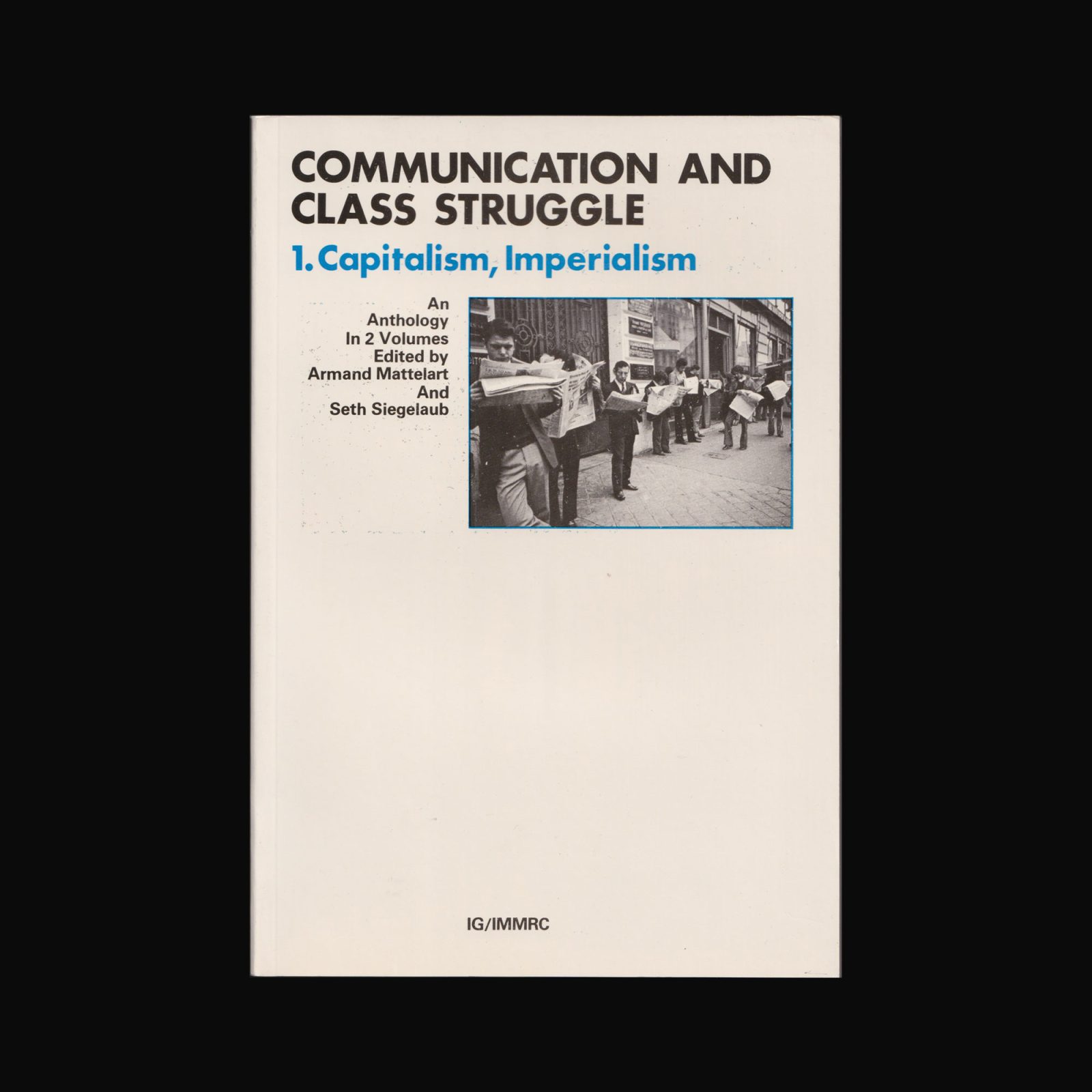
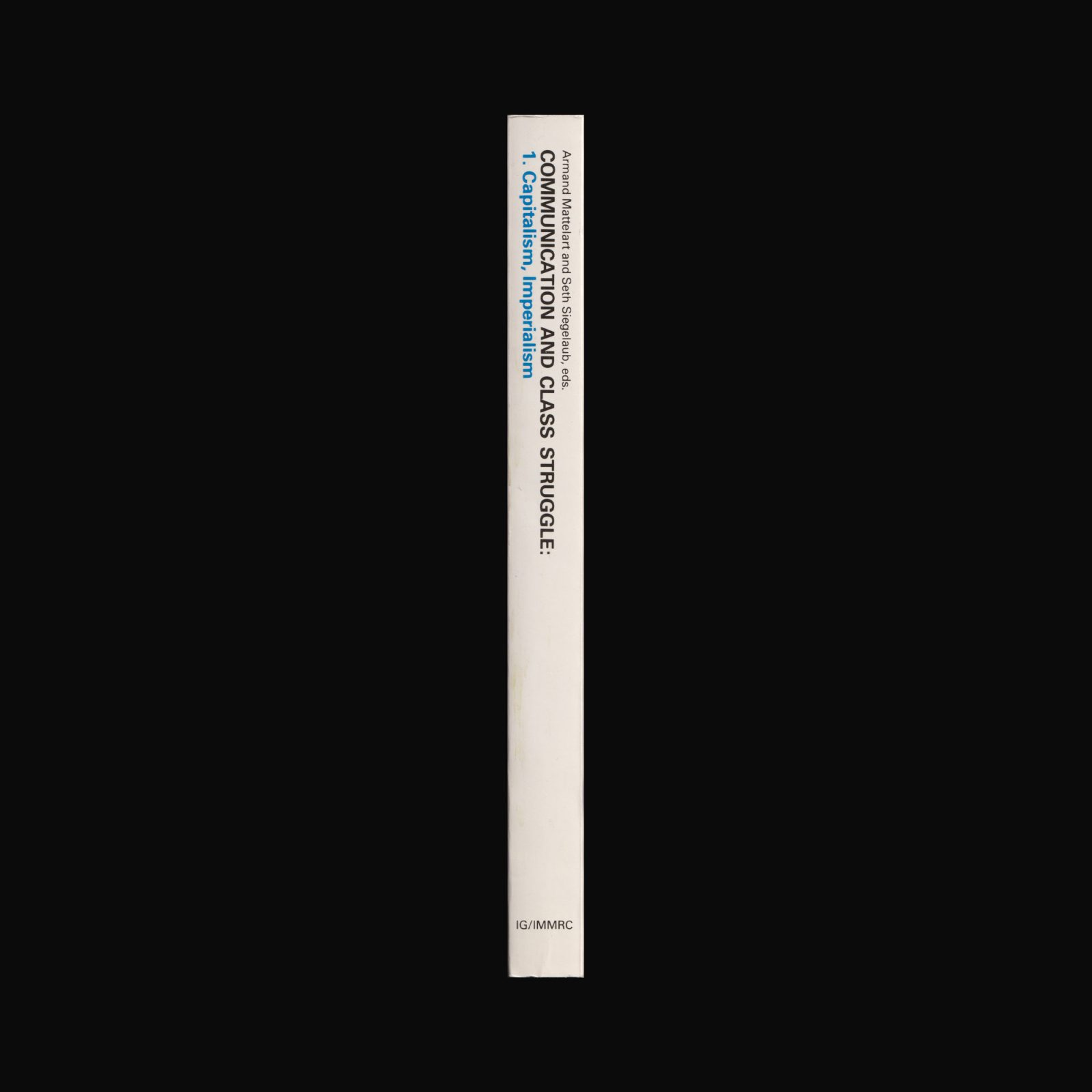
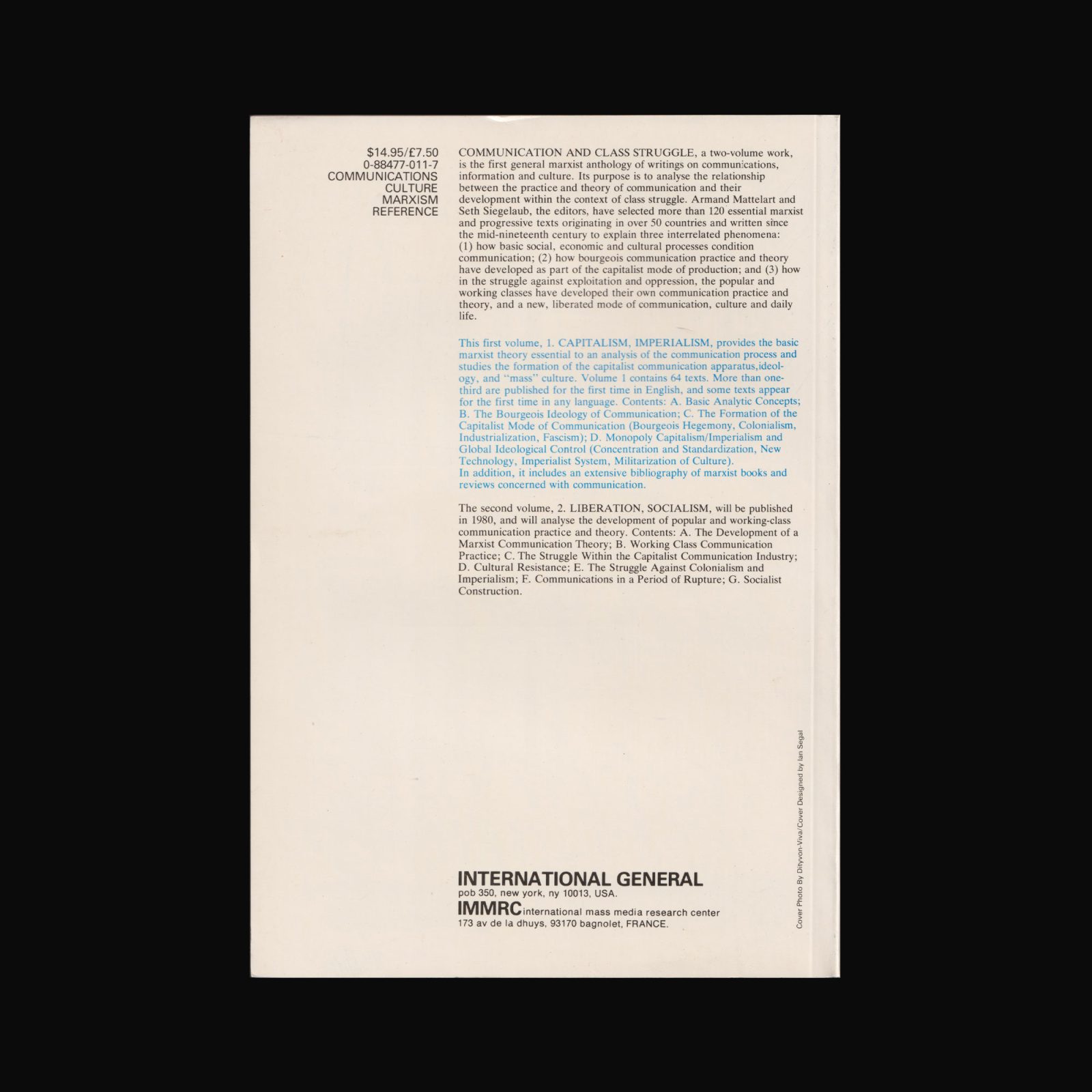
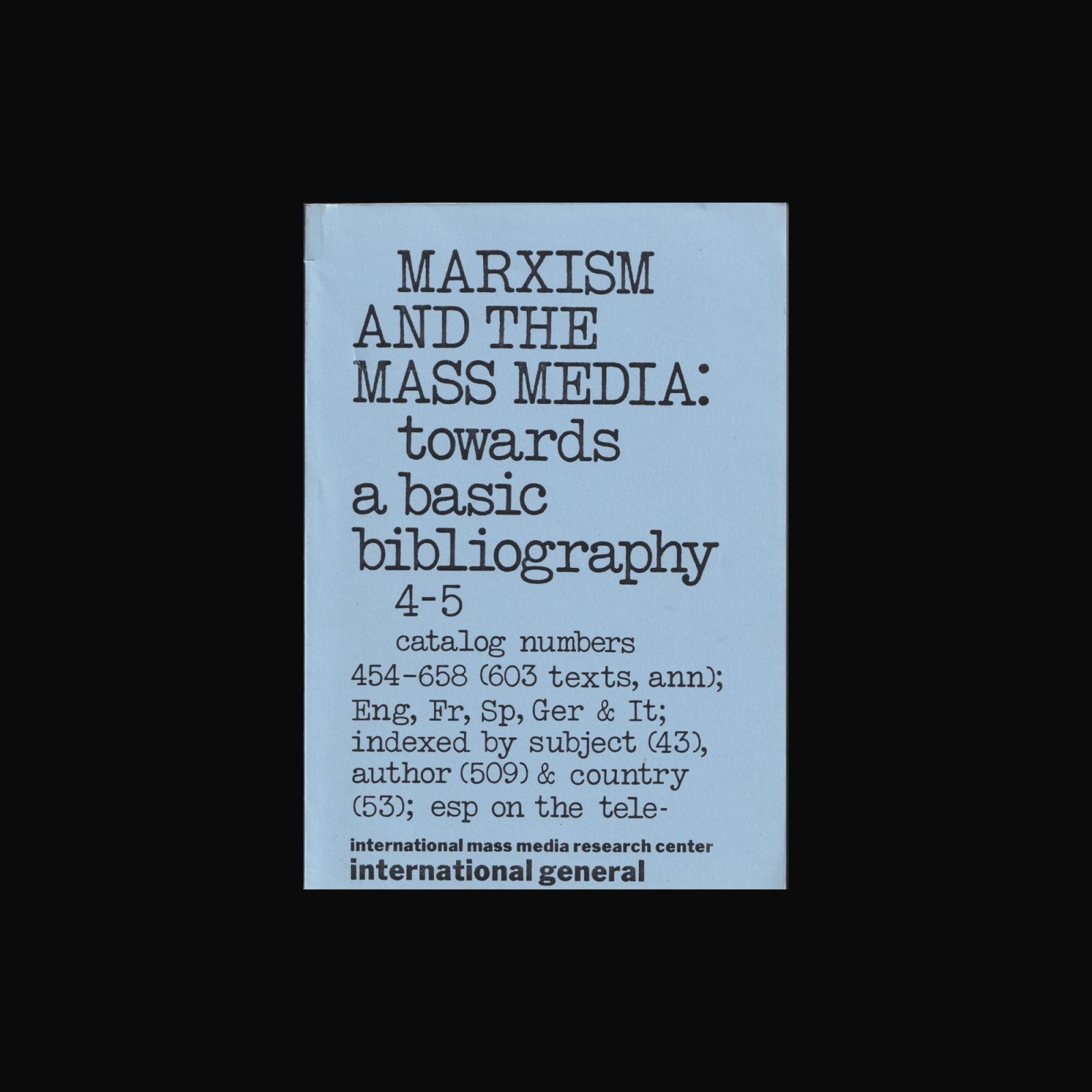
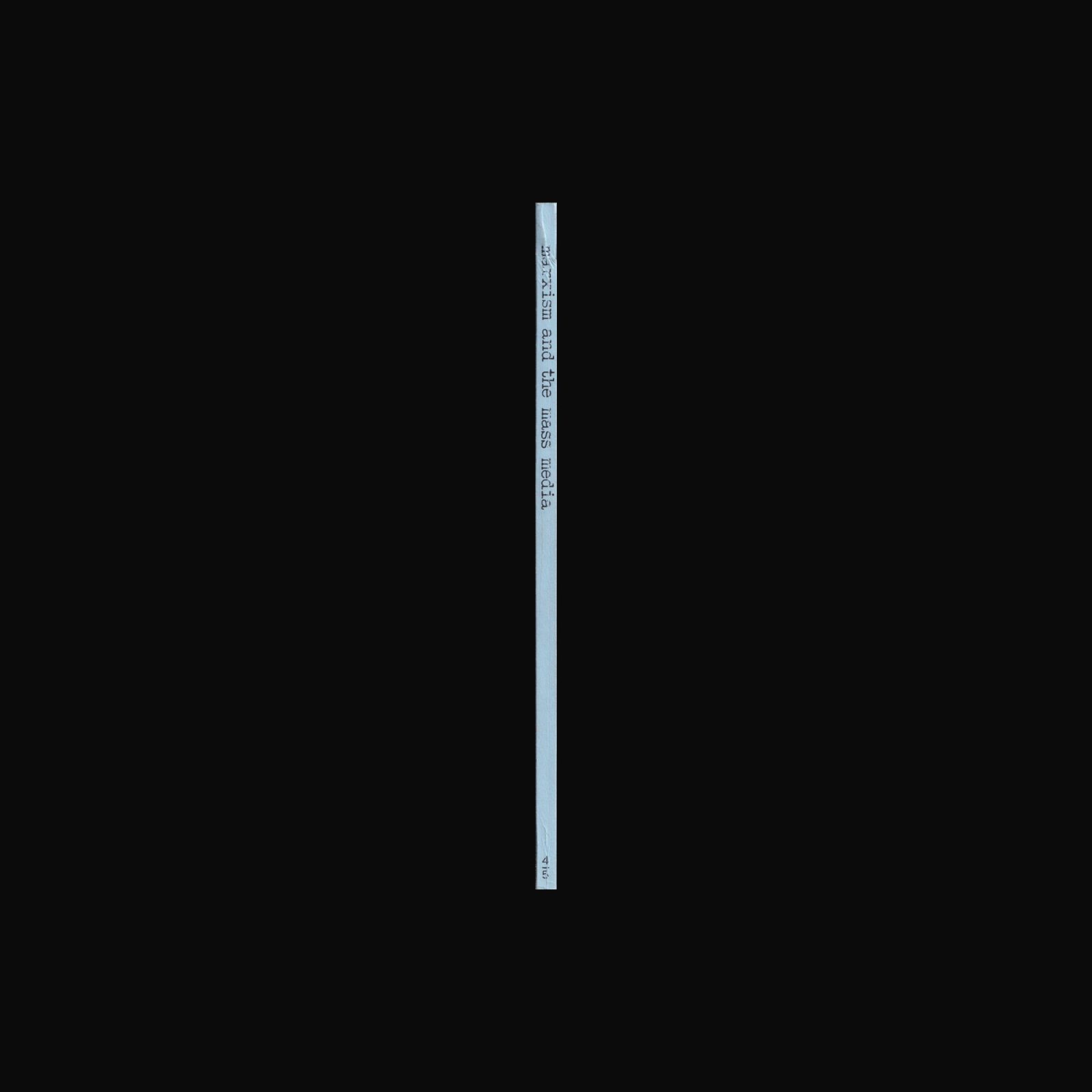
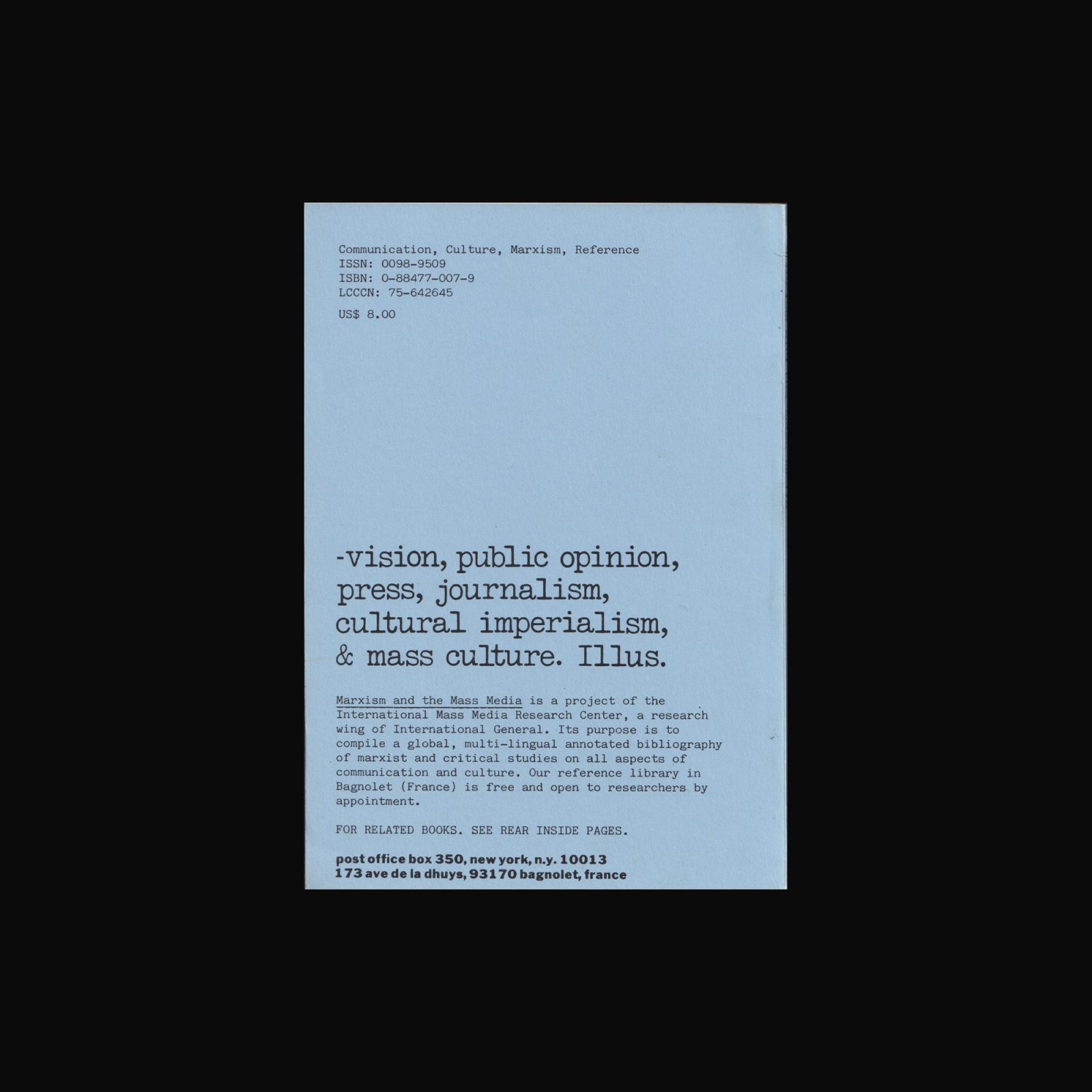
Issues no. 4–5 in a series of bibliographies which attempted “to compile a global, multi-lingual, annotated bibliography of Marxist studies on all aspects of communication.”—from the introduction by Seth Siegelaub, director of the International Mass Media Research Center
*Please note this publication is secondhand and has some traces of previous ownership.
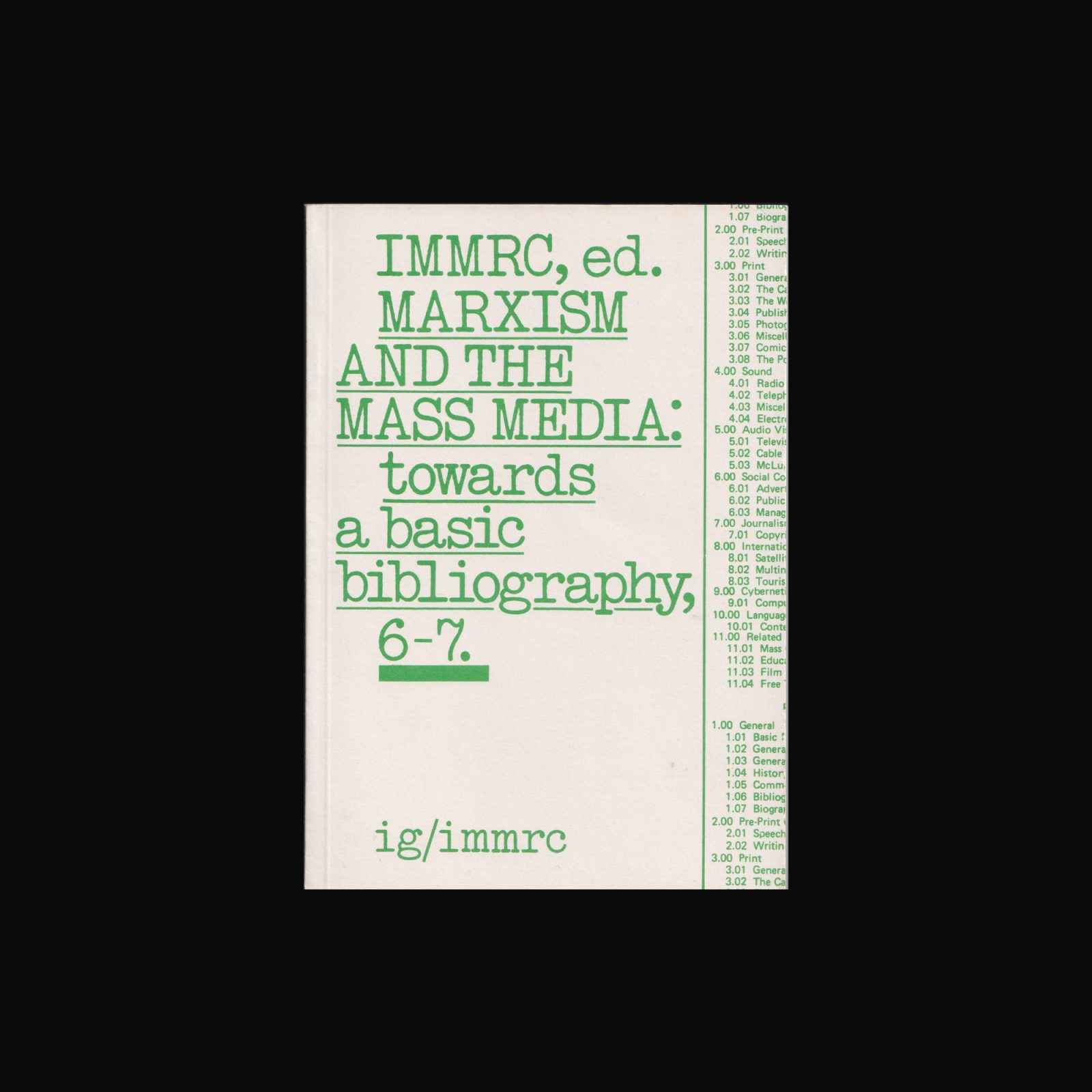

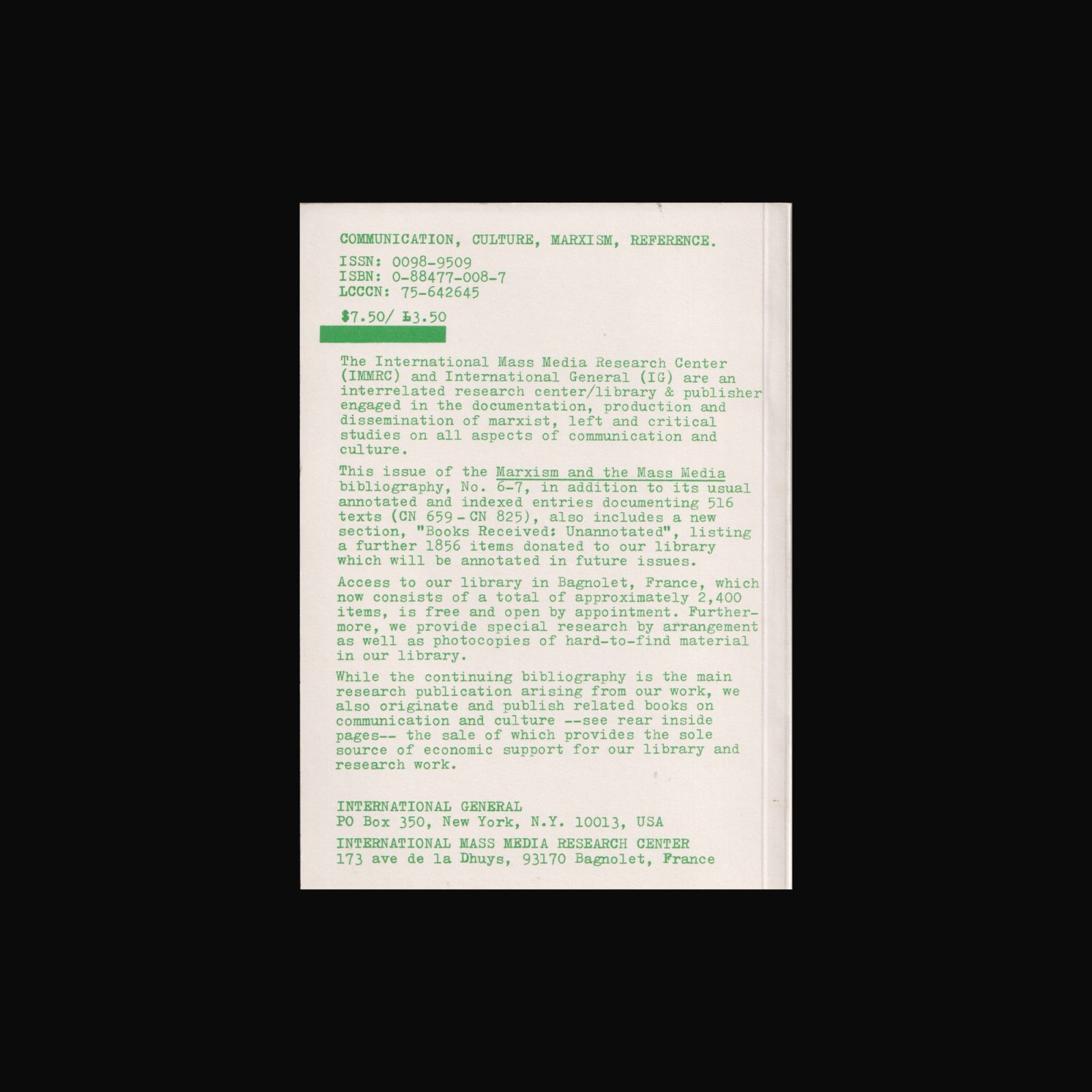
Issues no. 6–7 in a series of bibliographies which attempted “to compile a global, multi-lingual, annotated bibliography of Marxist studies on all aspects of communication.”—from the introduction by Seth Siegelaub, director of the International Mass Media Research Center
*Please note this publication is secondhand and has some traces of previous ownership.
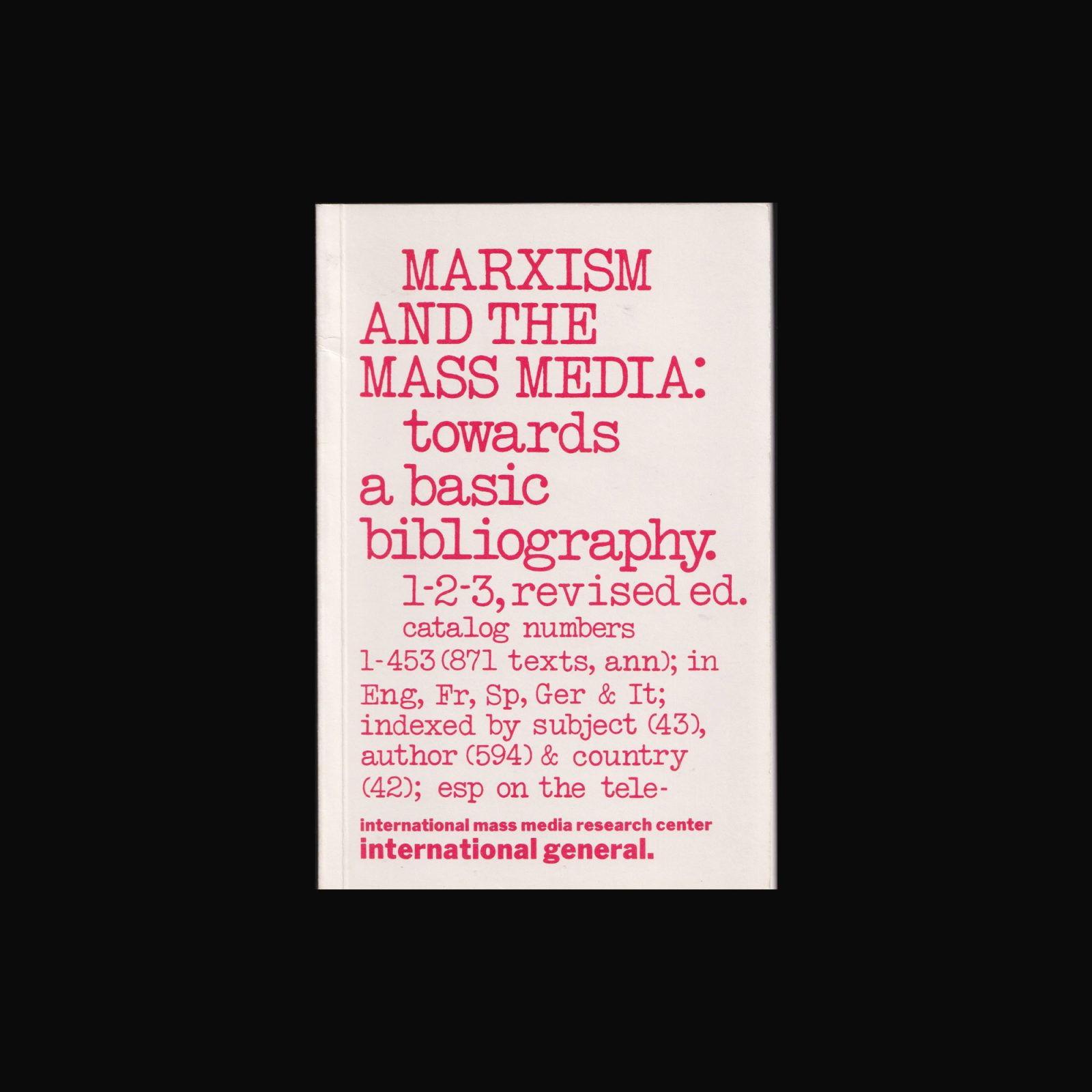

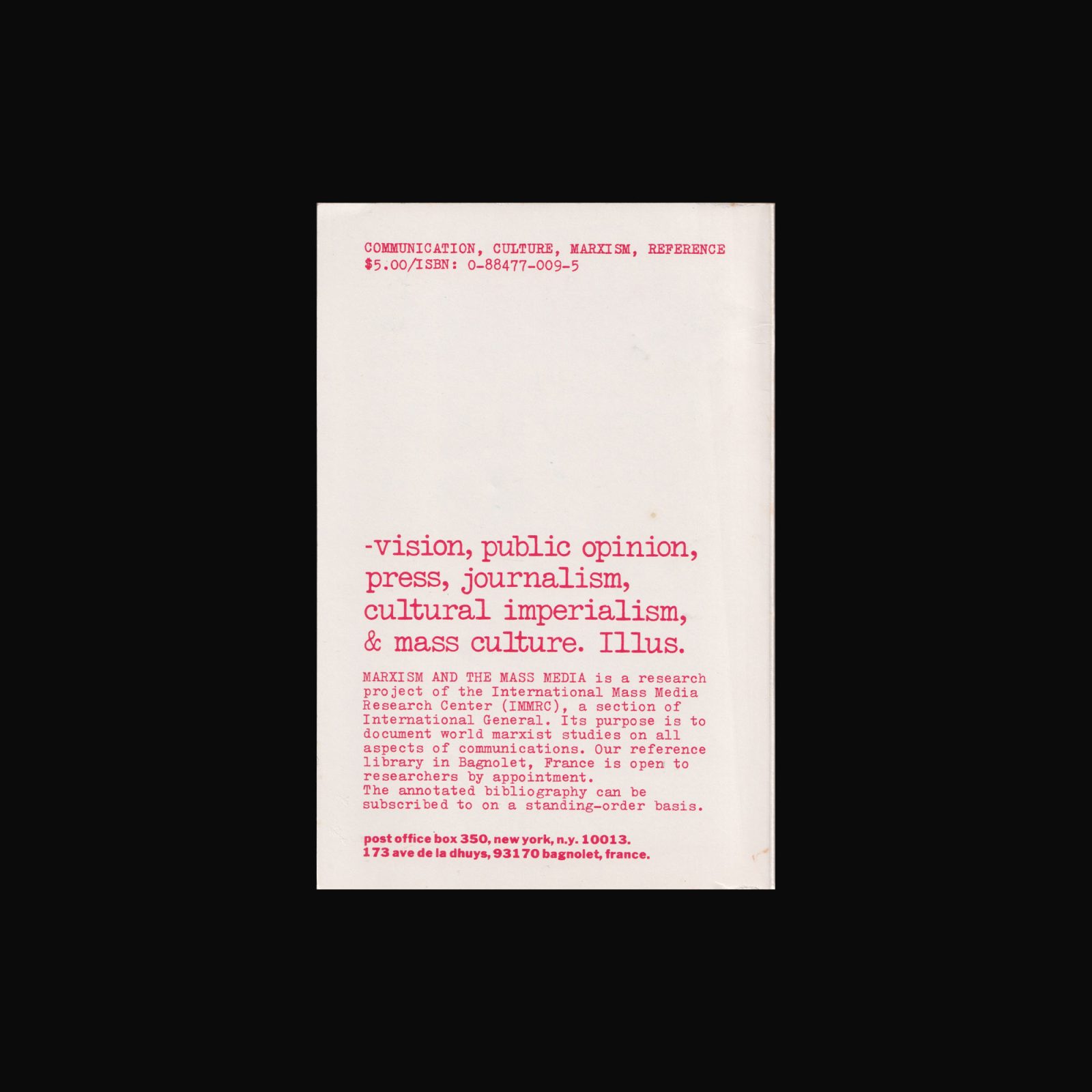
Issues no. 1–2–3 in a series of bibliographies which attempted “to compile a global, multi-lingual, annotated bibliography of Marxist studies on all aspects of communication.”—from the introduction by Seth Siegelaub, director of the International Mass Media Research Center
*Please note this publication is secondhand and has some traces of previous ownership.
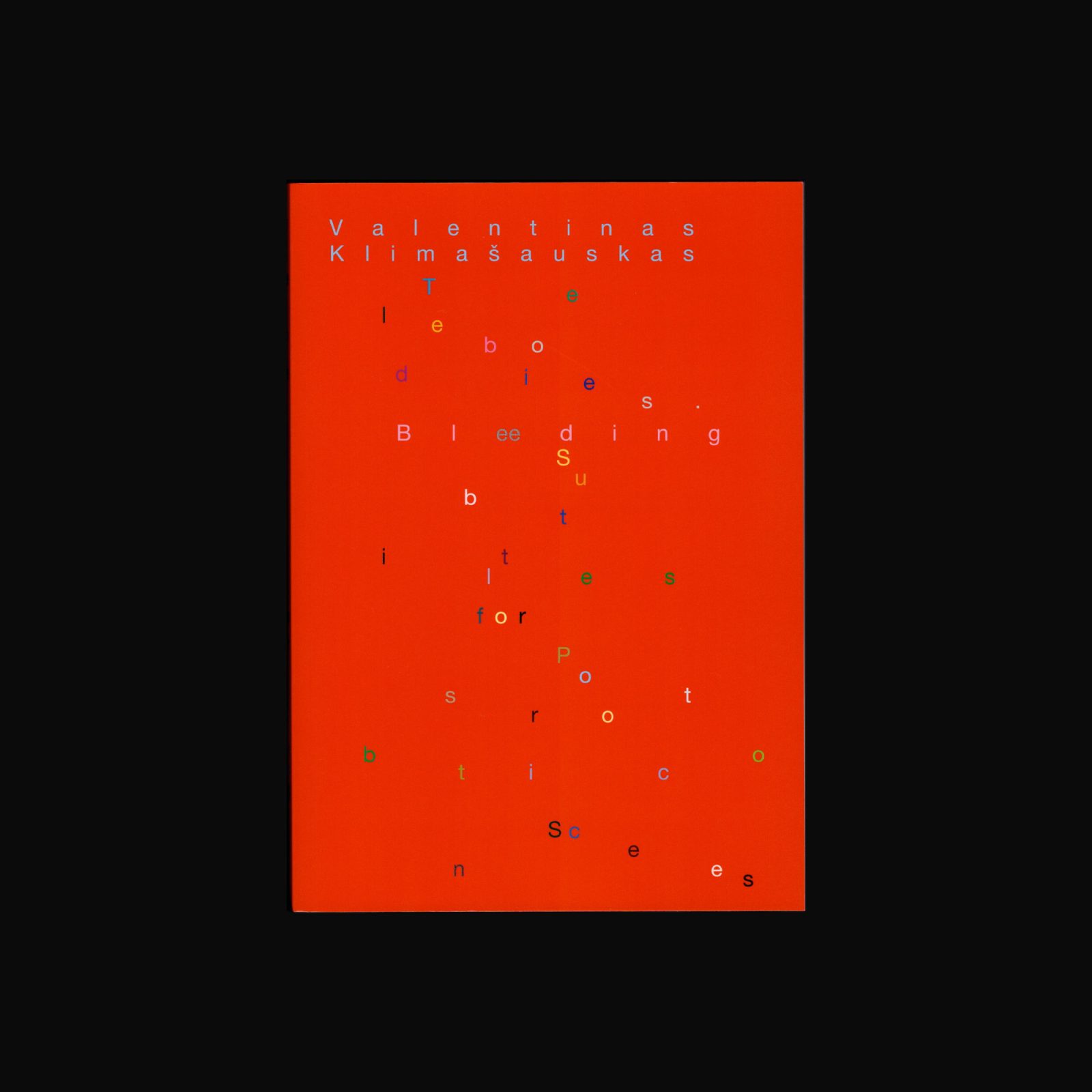
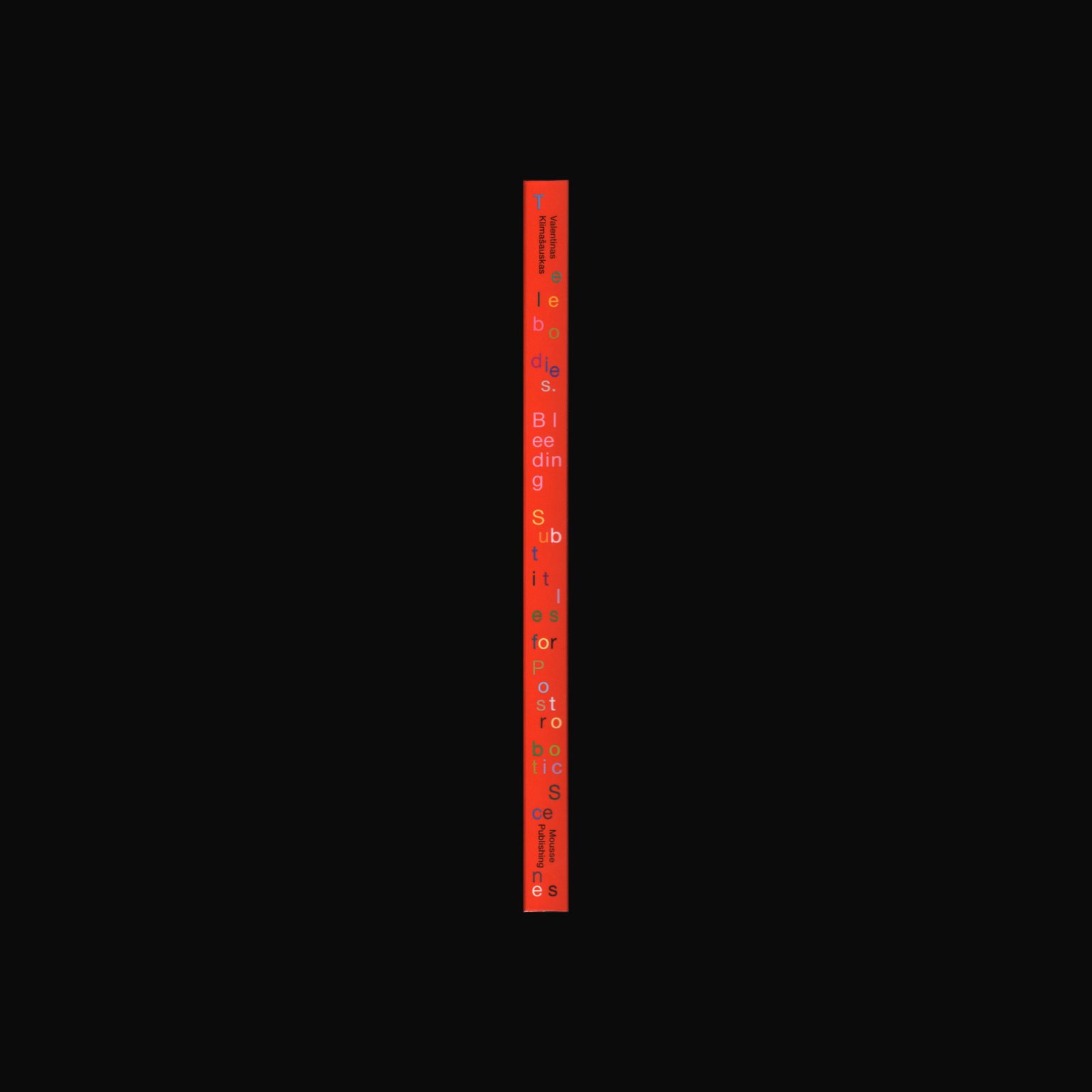
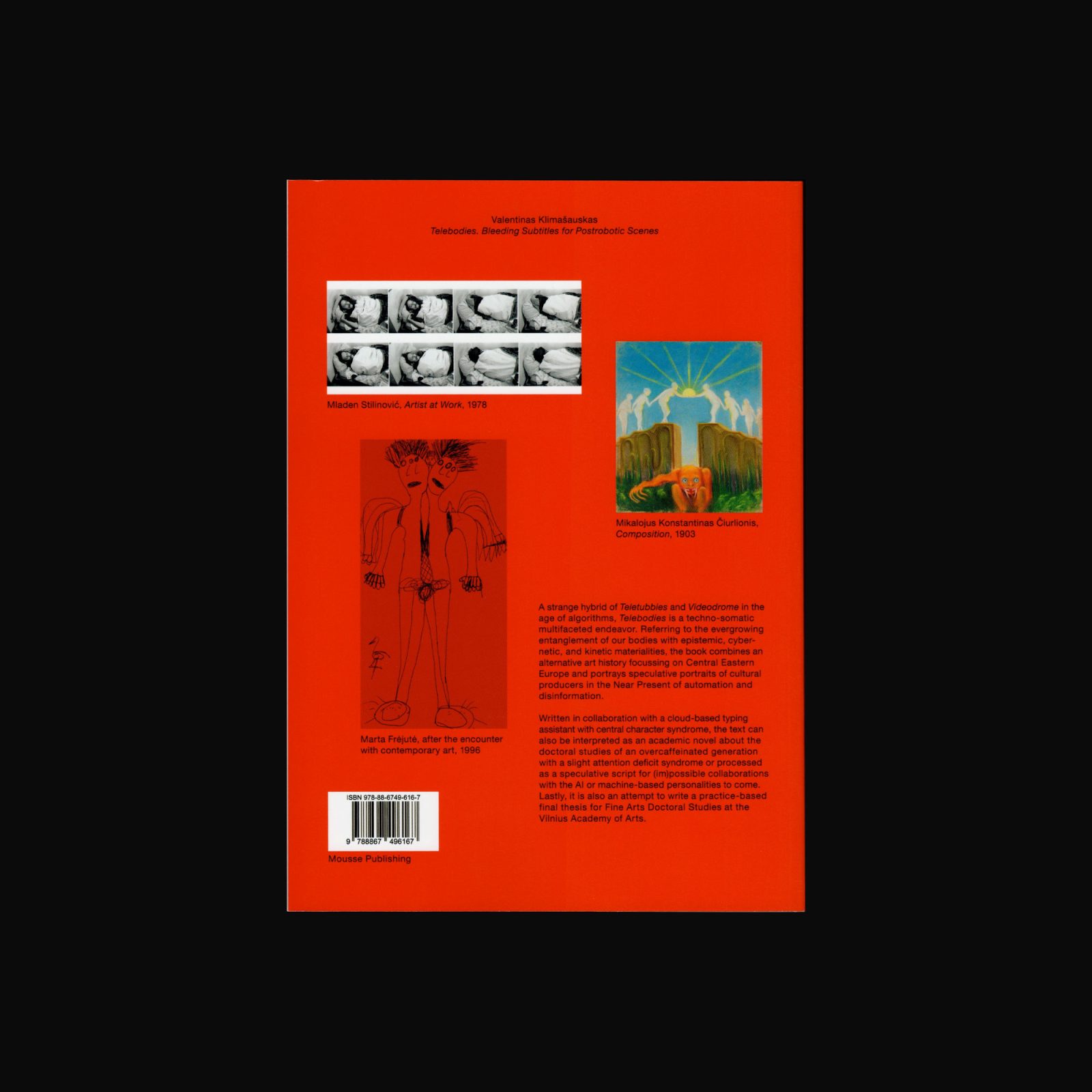
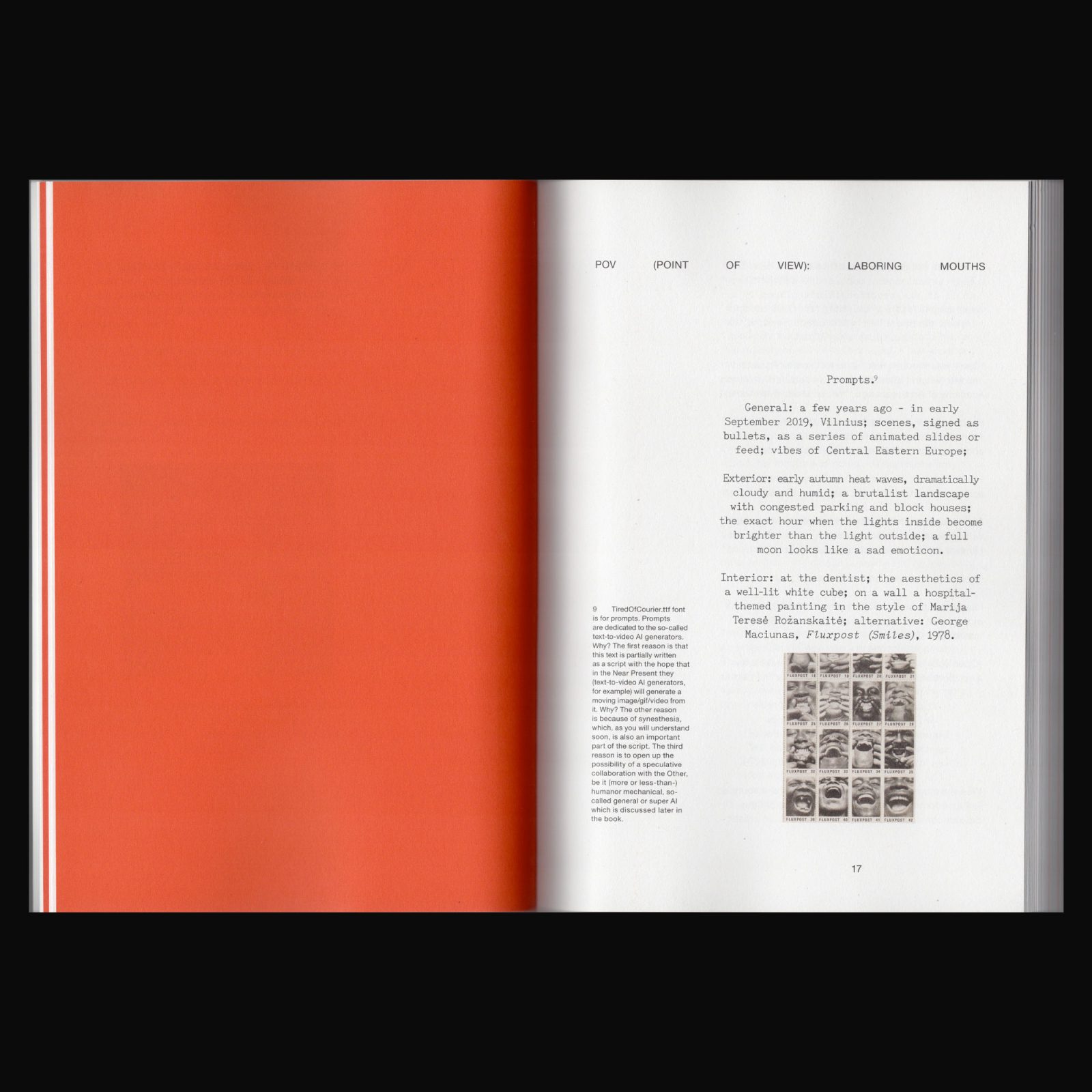
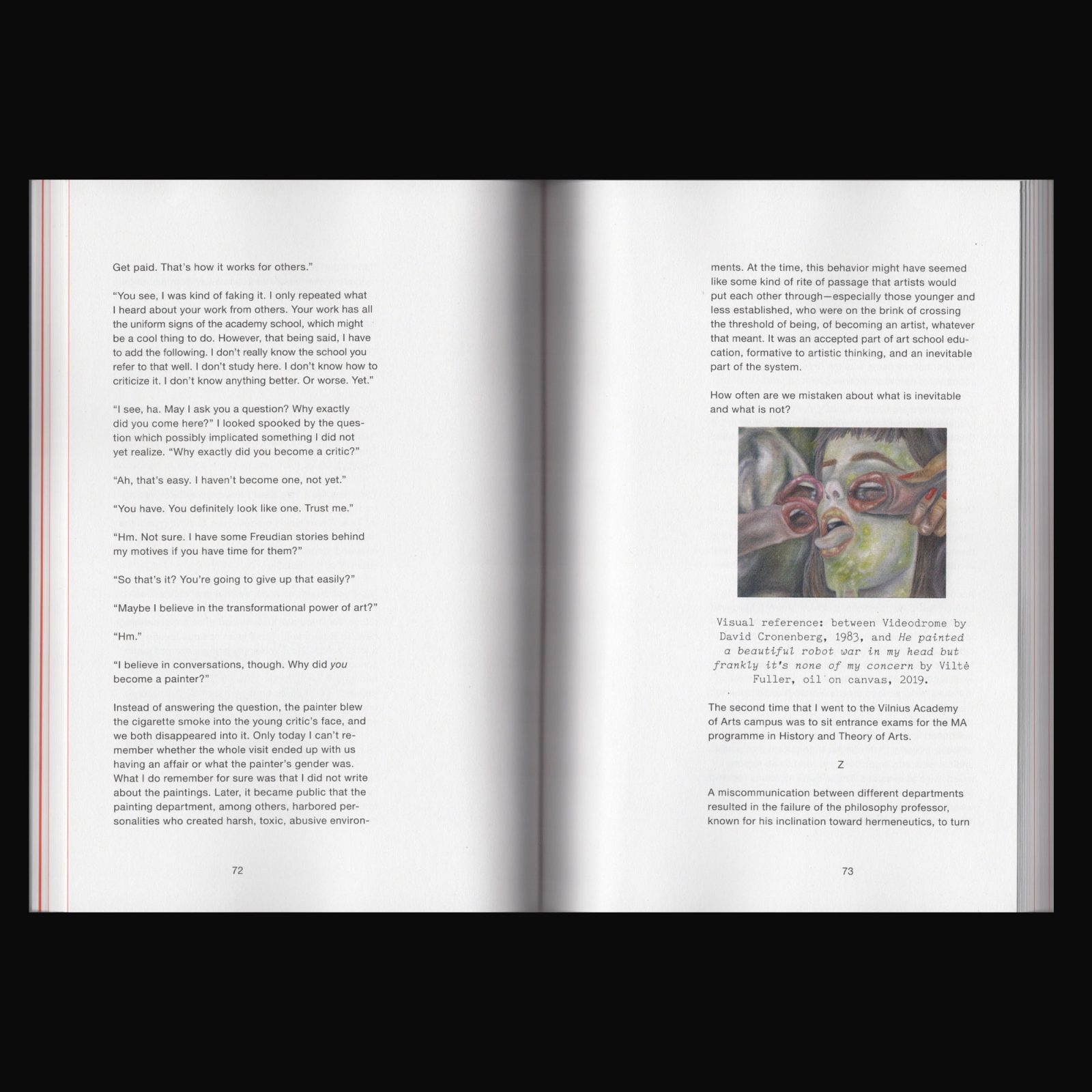
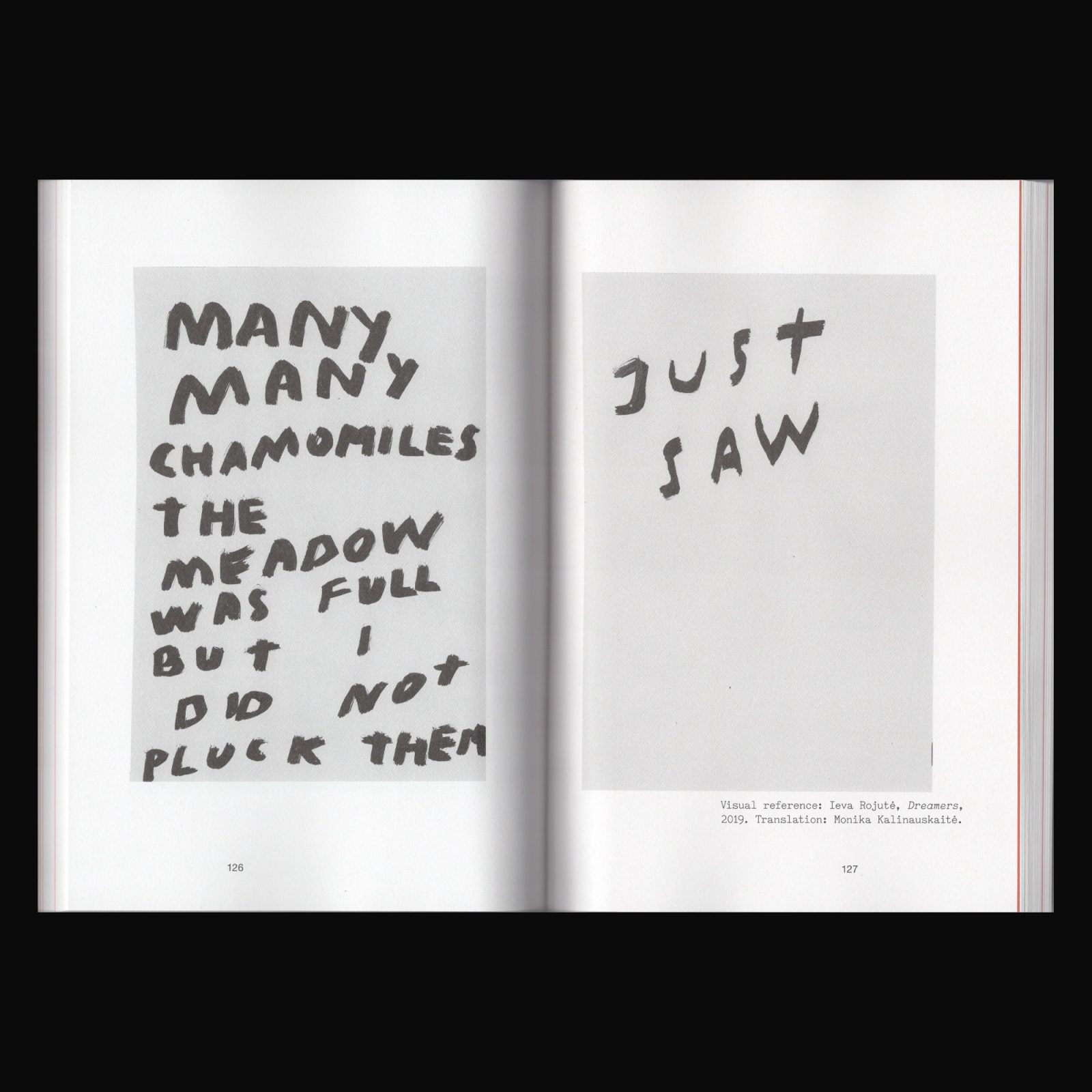
A strange hybrid of Teletubbies and Videodrome in the age of algorithms, Telebodies is a techno-somatic, multifaceted endeavour referring to the ever-growing entanglement of our bodies with epistemic, cybernetic, and kinetic materialities.
The book offers an alternative art history in the near-present of automation and disinformation, portraying a Central Eastern Europe populated by speculative cultural producers.
Written in collaboration with a cloud-based typing assistant with “main character syndrome,” the text can also be interpreted as an academic novel about the doctoral research of an overcaffeinated generation with slight attention deficit disorder, or processed as a speculative script for (im)possible collaborations with AI or machine-based personalities to come. It is also an attempt to write a practice-based fine-arts PhD thesis at the Vilnius Academy of Arts.
Designed by Nerijus Rimkus.
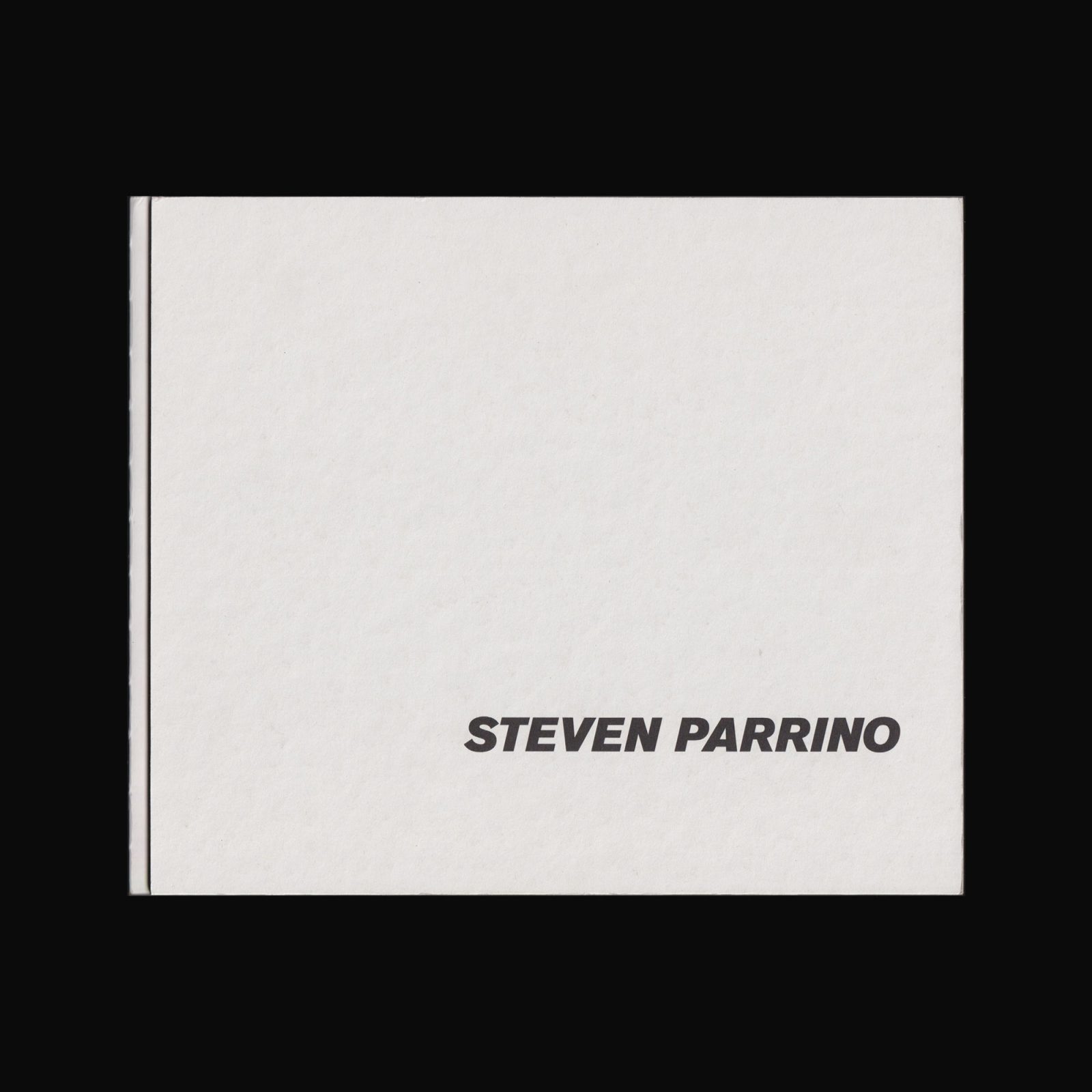
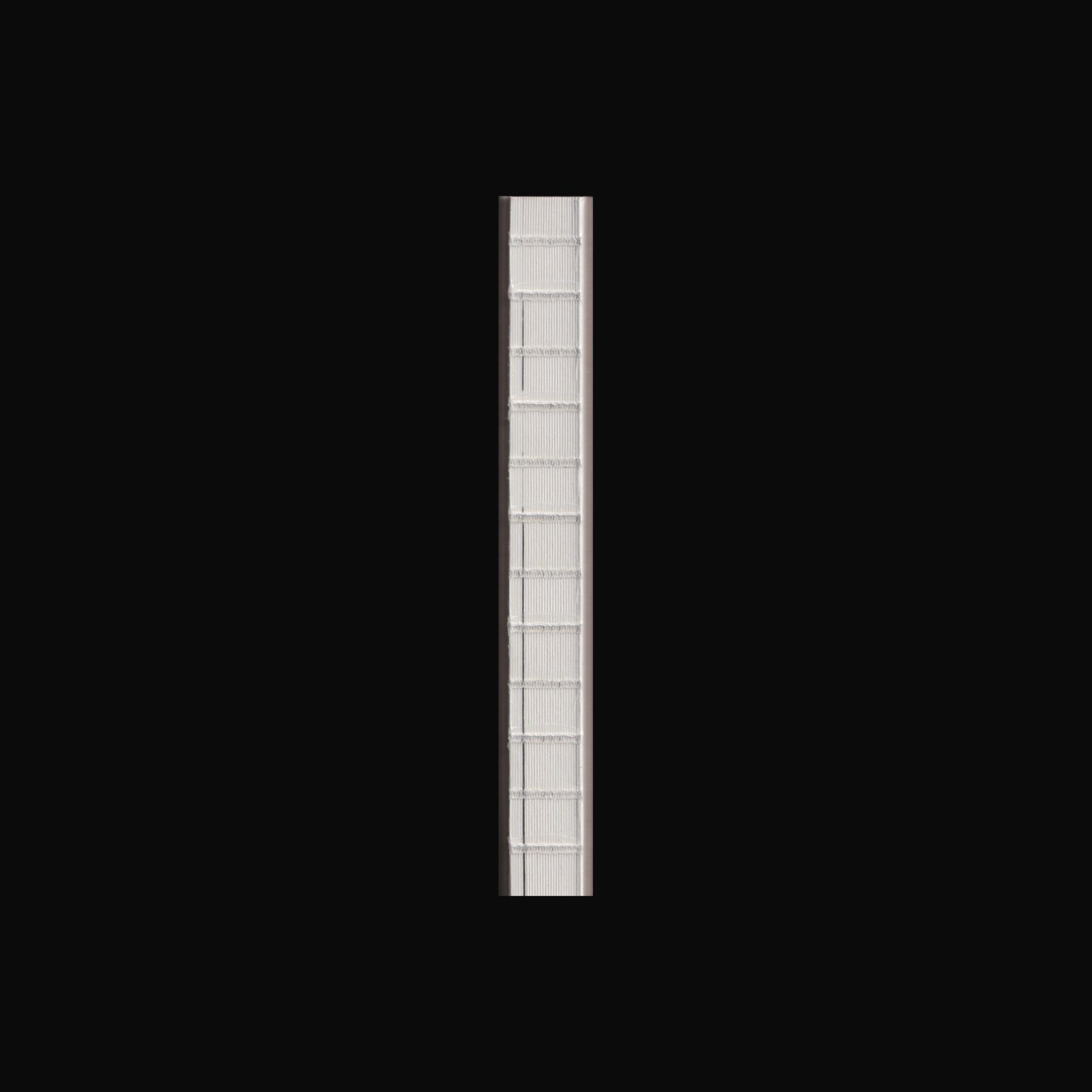
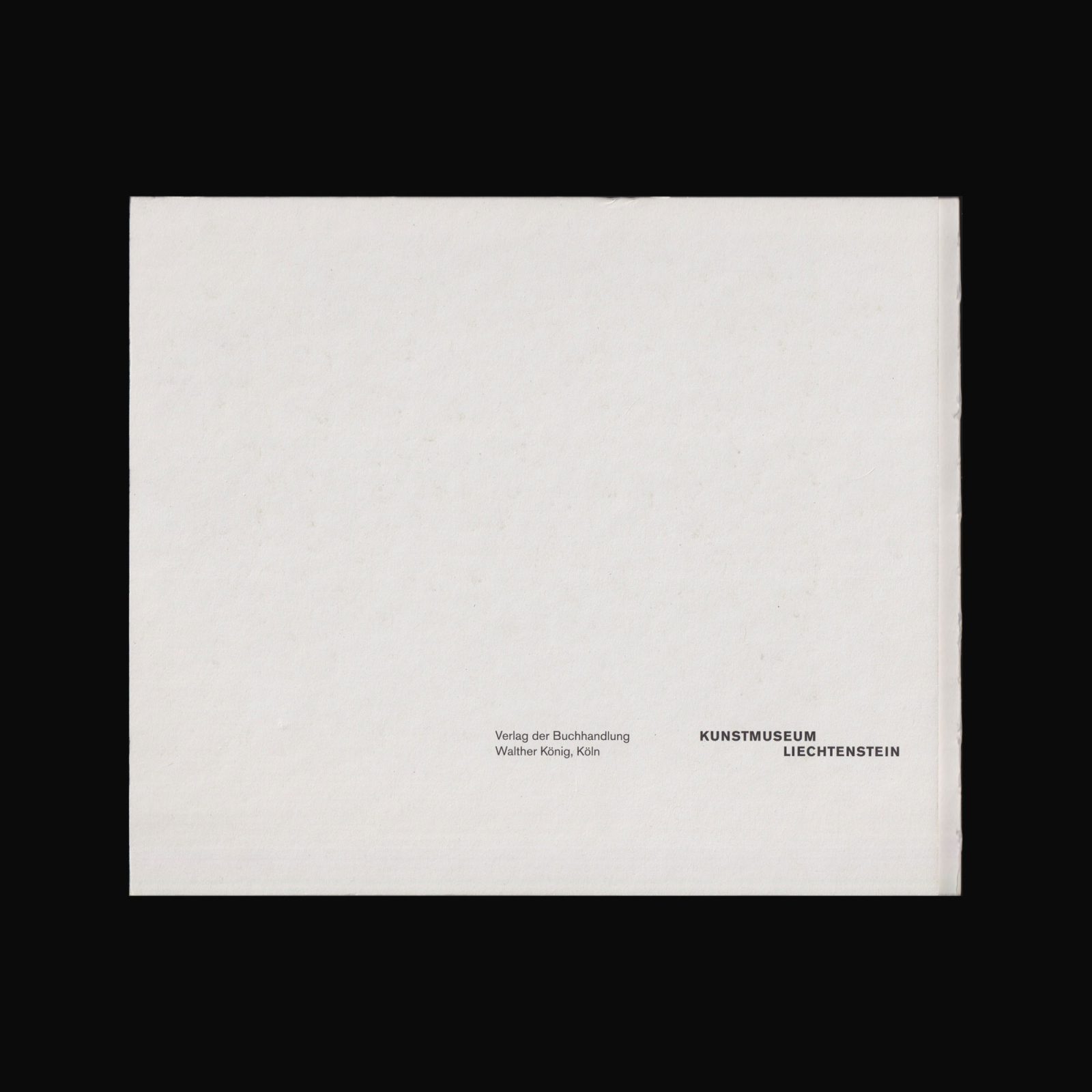
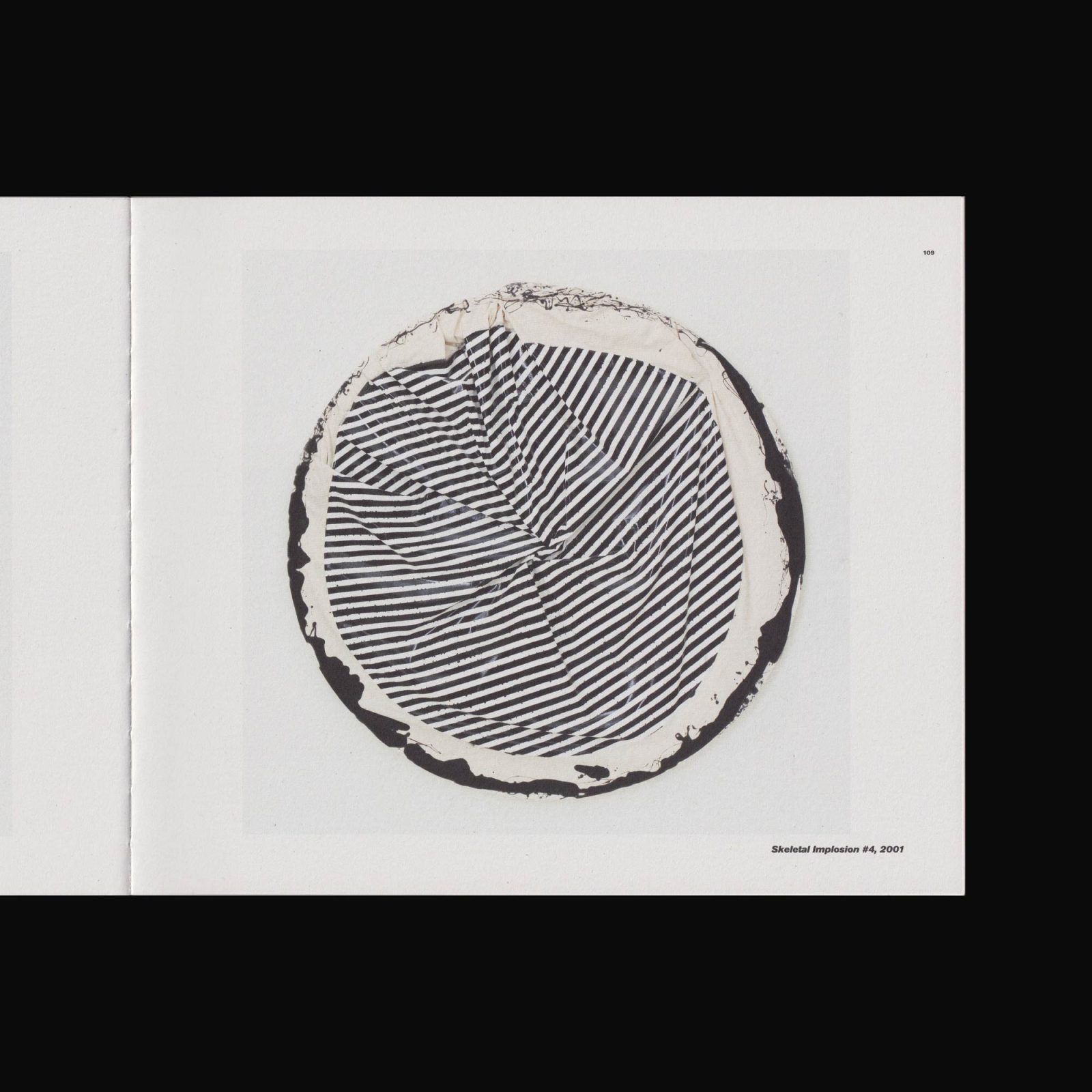
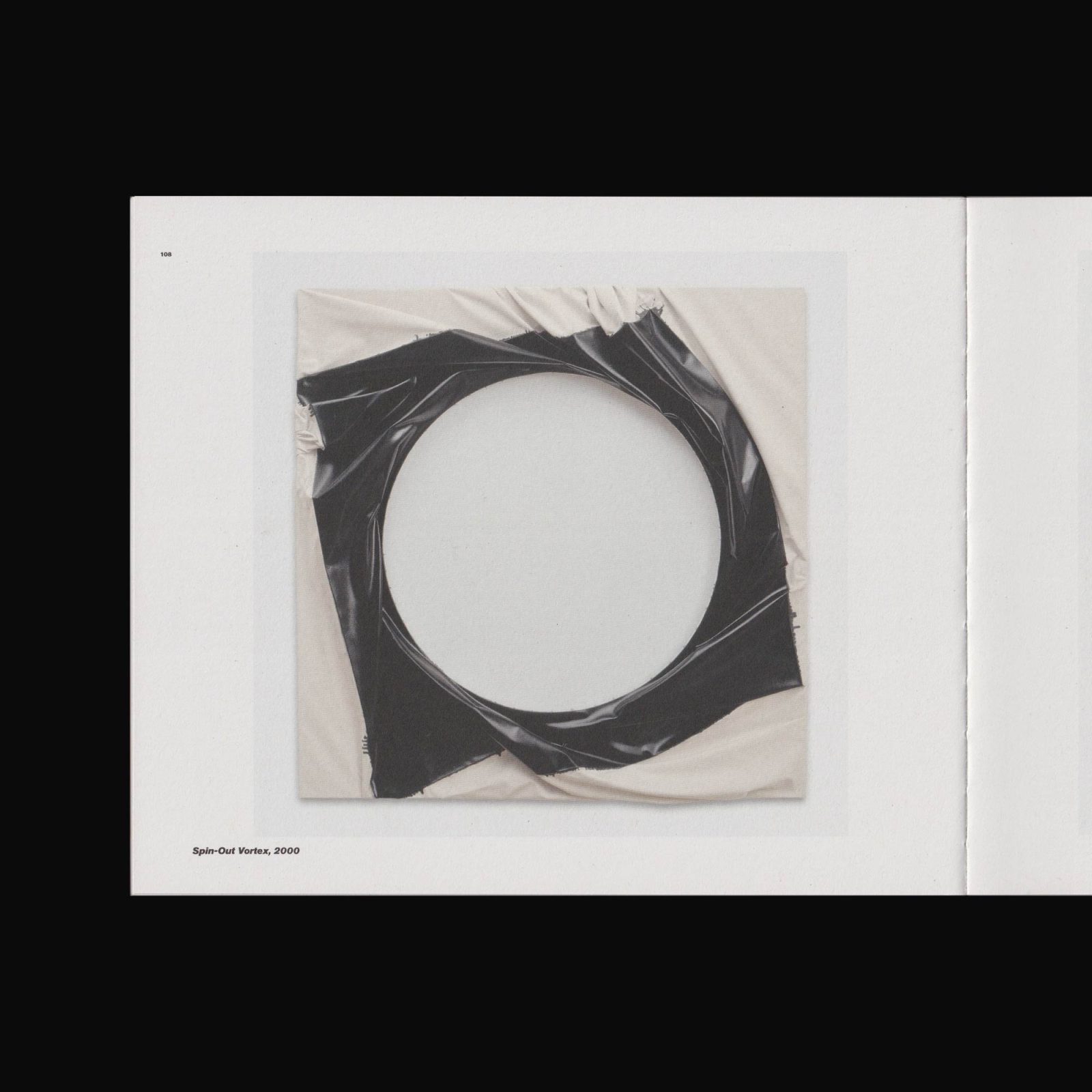
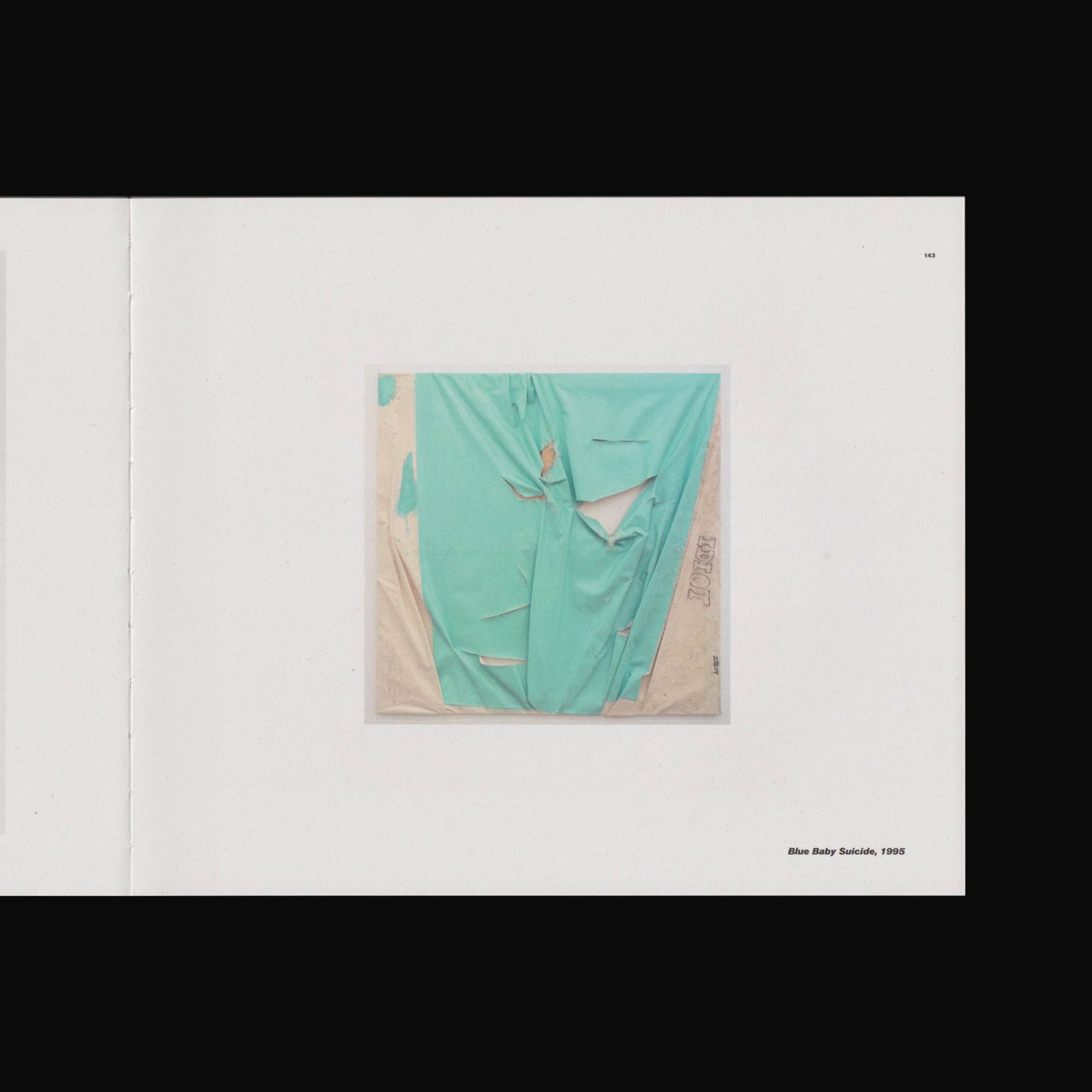
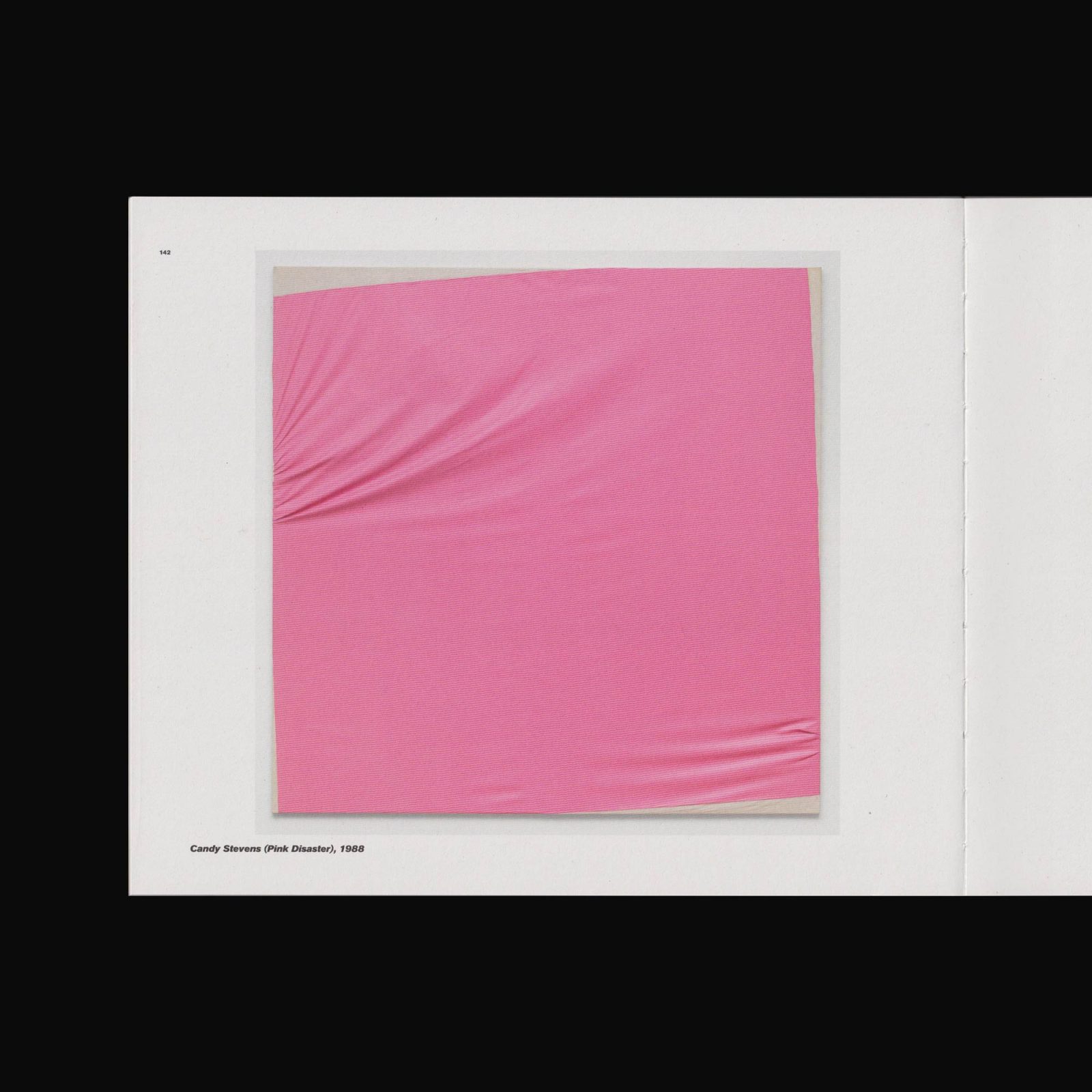
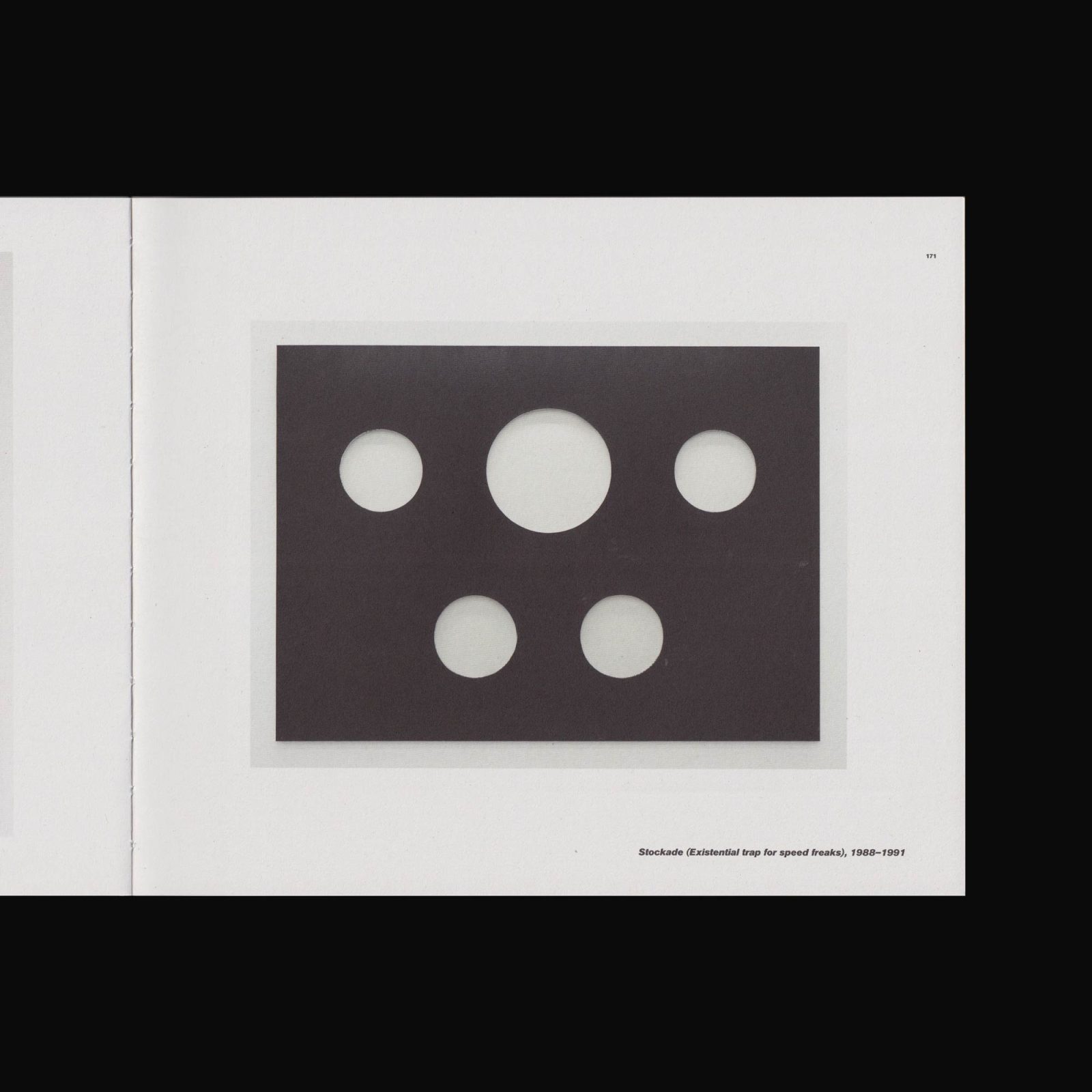
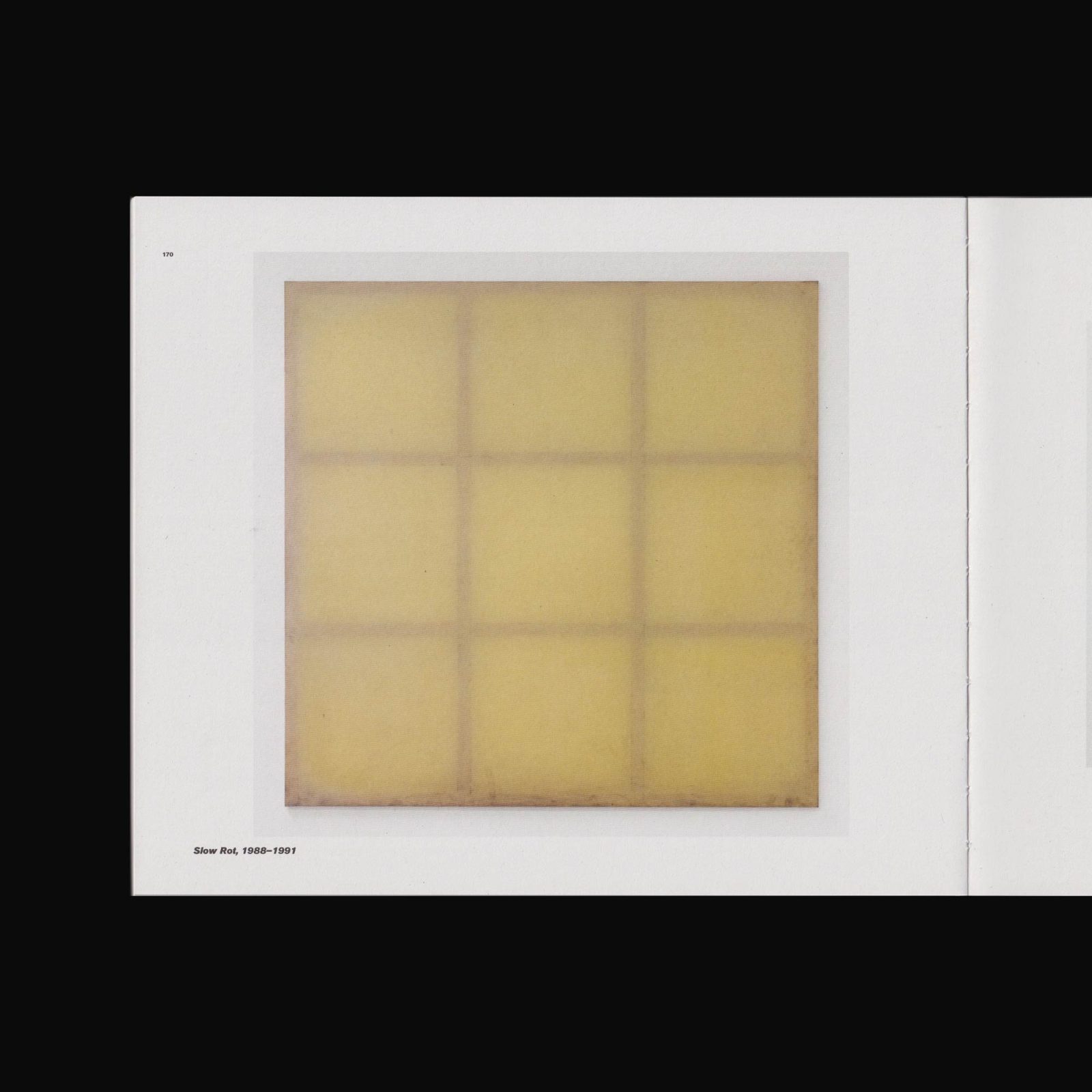
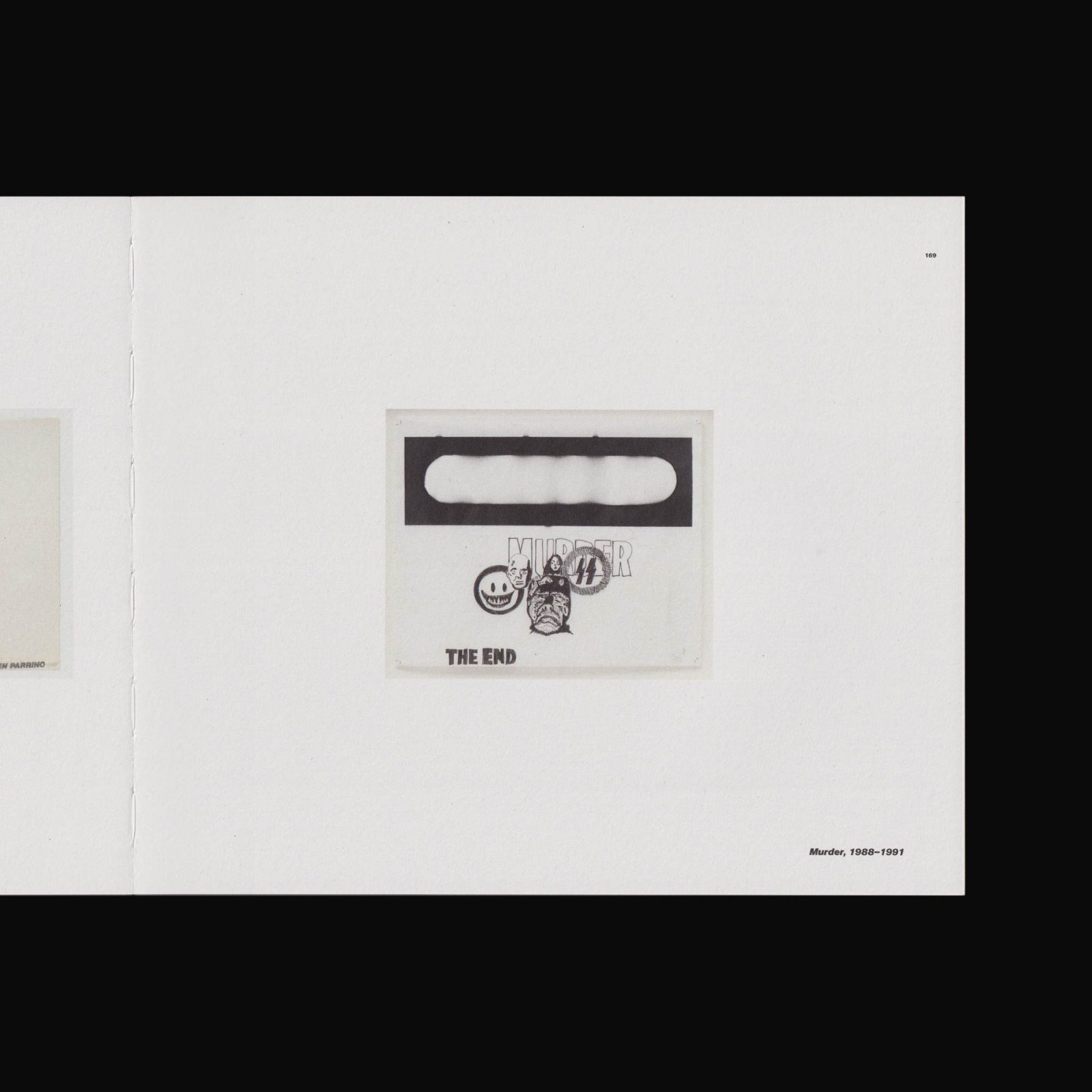
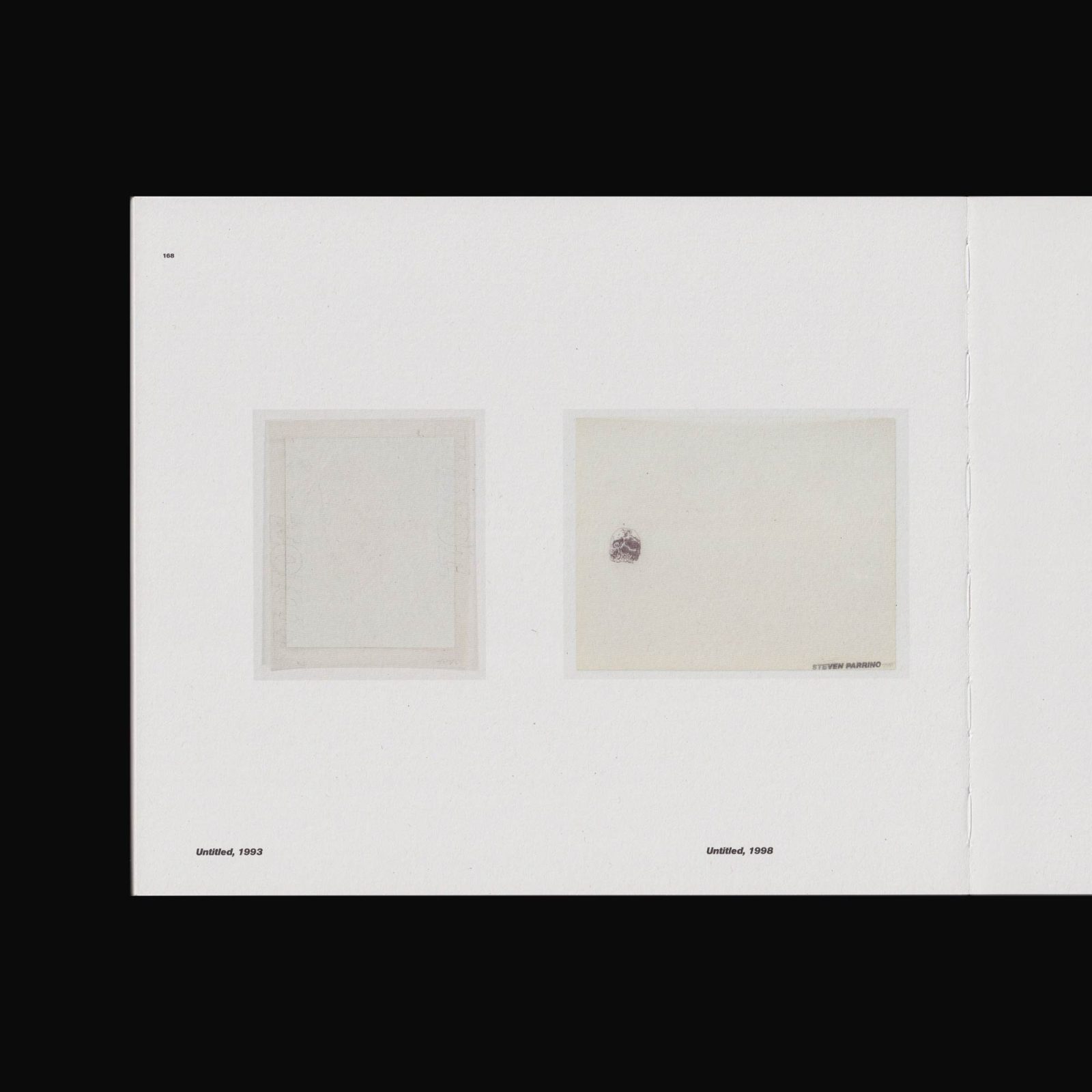
Produced on the occasion of the exhibition Steven Parrino: Nihilism Is Love at the Kunstmuseum Liechtenstein, 21 February – 16 August, 2020. Predominantly a painter, in his oeuvre Parrino developed a unique visual idiom that, on the one hand, draws on various subcultural movements and, on the other, displays clear references to the history of visual art of the twentieth century and beyond. Parrino’s work is defined by an unconditional will to be free that stems from American biker culture and is also influenced by punk rock existentialism.
With texts by Konrad Bitterli, Catherine Dossin, Fabian Flückiger, Pierre Huber, Friedemann Malsch, Matthew McCaslin, Olivier Mosset, Bob Nickas, Amy O’Neill.
*Please note this publication is secondhand and has some traces of previous ownership.